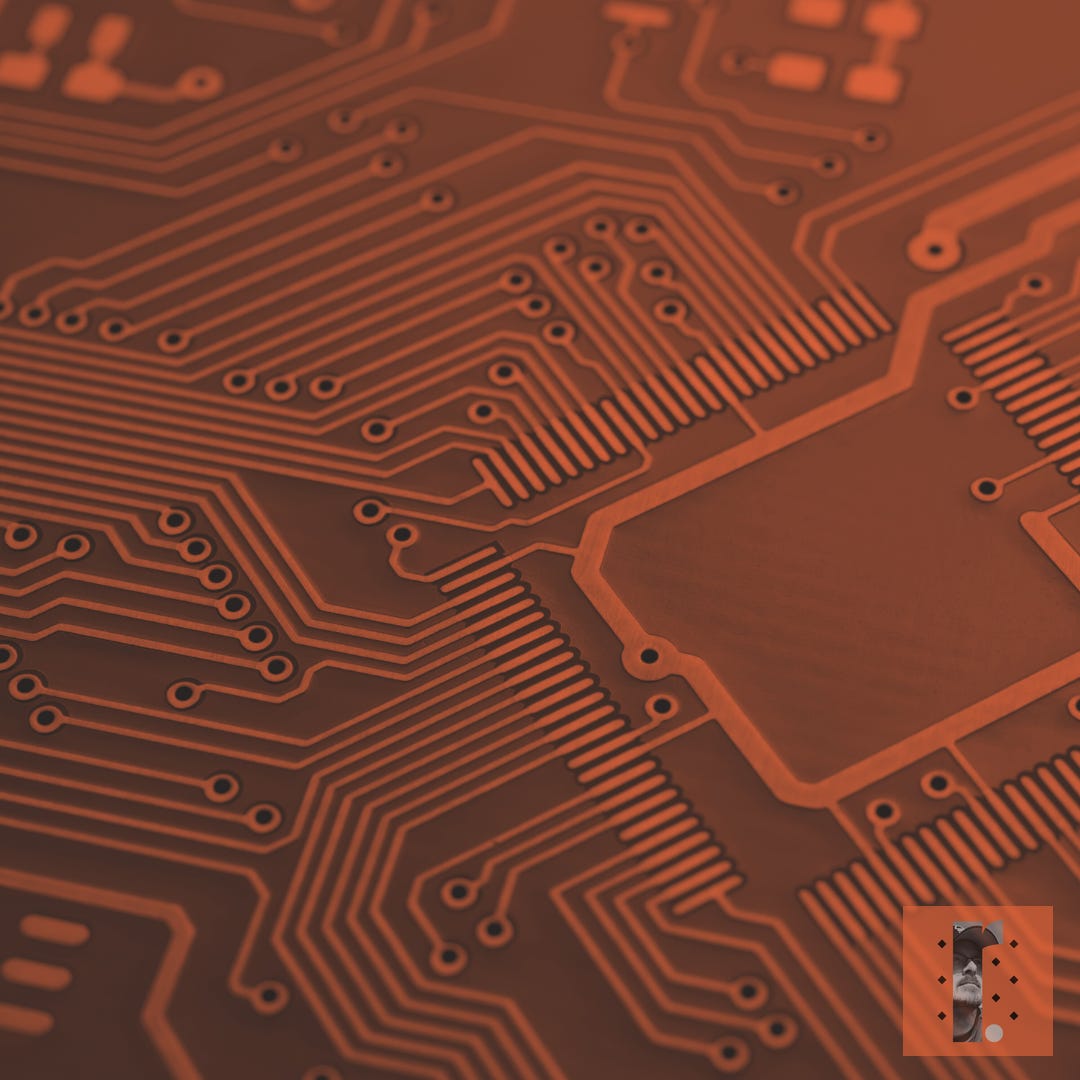Those of you who follow me on Twitter might've seen I posted a link to this article from The Verge earlier this week. Ordinarily, I keep my Twitter feed and blog focused exclusively on topics specifically related to writing, but since this kind of "neural lace" technology ties in so tightly to my recently completed manuscript for EMPATHY: Imminent Dawn, I think it's fair game to start exploring these topics in this space as well.
For the unfamiliar, the term neural lace stems from the Culture series by Iain M. Banks. The idea behind the neural lace is that it allows the brain to connect directly to some sort of computer interface—not unlike EMPATHY, which is designed to allow for humans to access the internet in their minds.
Though the first book in the Culture series was released in 1987, the idea of a humans-machines link dates back, well, to some time even before that. We won't focus on history too much here, but rather the implications of Elon Musk's alleged backing of Neuralink, which aims to make use of brain-implanted technology (again, not unlike EMPATHY) to streamline the connection between humans and software.
If history has taught us anything (and it's taught us a lot), passionate billionaires with time to kill tend to get their way with things, for better or for worse. In this case, when I saw Musk was getting involved with Neuralink, I was actually excited for a moment. What could be better than taking steps toward ensuring all people have access to the same information at all times?
Aside from the fact that such a reality is impractical for reasons I'll cover in future posts, I couldn't help but be reminded of Stephen Hawking's warning that advanced artificial intelligence will probably murder all of us someday.
Though neural lace technology isn't, strictly speaking, artificial intelligence (it's more of an augmented intelligence), I see no reason why we shouldn't treat advances like Neuralink or EMPATHY with similar skepticism.
I was relieved to see that Musk does seem to take this into consideration. Whether that's lip service or a sincerely held belief remains to be seen, however, as we're still in the earliest stages of his potential involvement with this project.
I know I'll be keeping a sharp eye on how this develops. I think anyone with even a modest interest in biofusion technology should as well.
Stay tuned for future posts on this topic, part of a new series I'll be doing on biofusion and neural lace technology.





